Welcome
Gender inequality is acknowledged as a key driver of vulnerability in the face of climate change. Likewise, full, meaningful and equal participation of women and LGBTI people in all aspects of climate policy and action is vital for achieving long-term climate goals. However, the connections between gender, health and climate change are not yet being made by decision-makers or translated into concrete measures and actions.
Further deliberate, focused effort is needed to strengthen cross-sectoral collaboration and effectively address the intersection of climate justice, health equity, and gender and SOGIESC based inequality.
|
Please introduce yourself briefly (name, organization/area of work, country) and answer any or all of the below questions:
For more guidance, please refer to the FAQs.
Priorities
- What are the priority issues in the intersection of climate justice, health equity and gender equality for your community/constituents/organizations? What 3-5 top advocacy issues would you want to tackle?
Relevant current efforts
- What partnerships/initiatives/programmes/projects/policies do you have or know of that are currently operating in this intersection of at least two of the issues (climate justice, health equity, gender equality)? What are the current activities?
Entry points
- What promising good practices, initiatives, programmes or policies could be replicated in other settings or brought to scale?
Evidence
- Where are the key gaps in data on climate change, health equity and gender equality?
- What information (e.g. indicators, cause-effect understanding) or capacity (e.g. health impact assessment, vulnerability assessment, cost-based policy comparisons (cost-effectiveness analysis, cost-benefit analysis)) would be most helpful to you?
Capacity and support needs
- What needs to be in place for your organization/community/constituents to have a meaningful role in tackling these issues? What support do you need to create positive change?
|

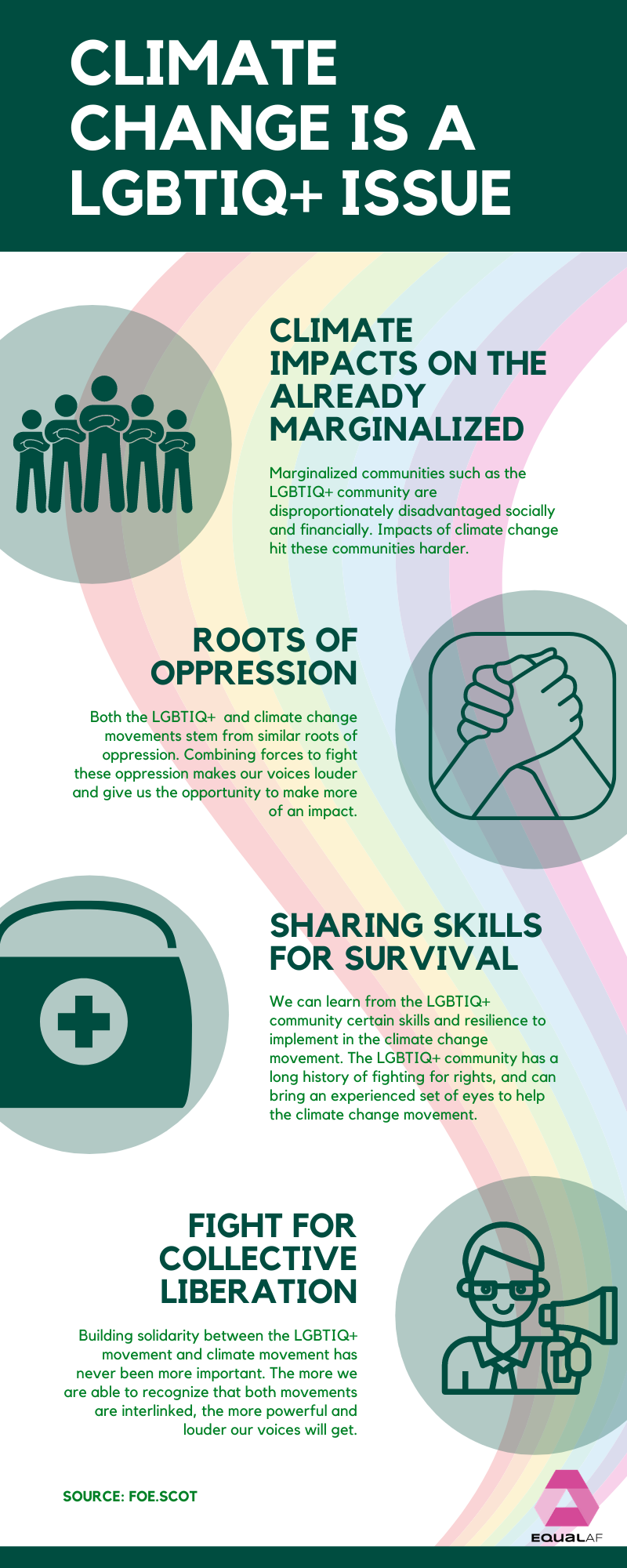
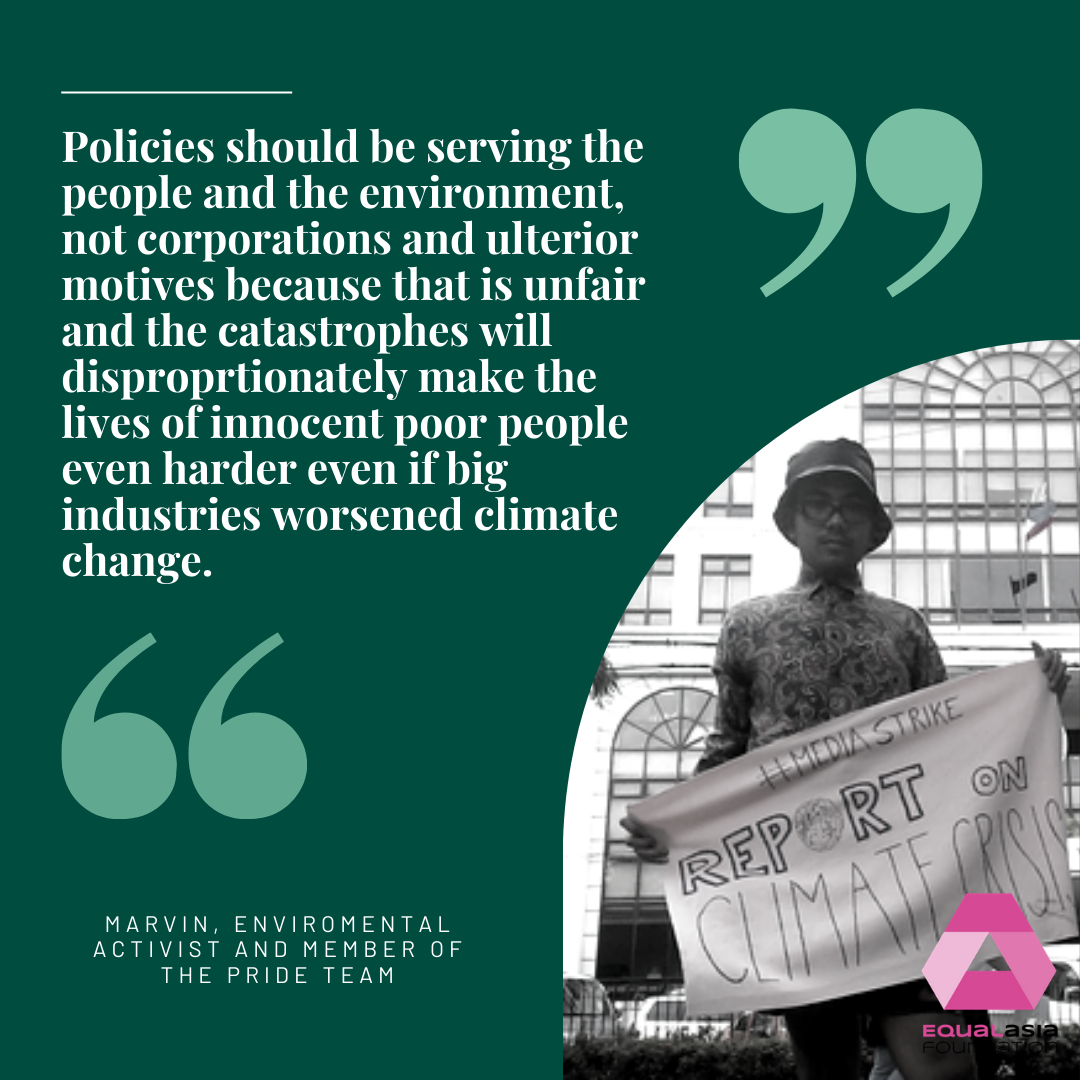
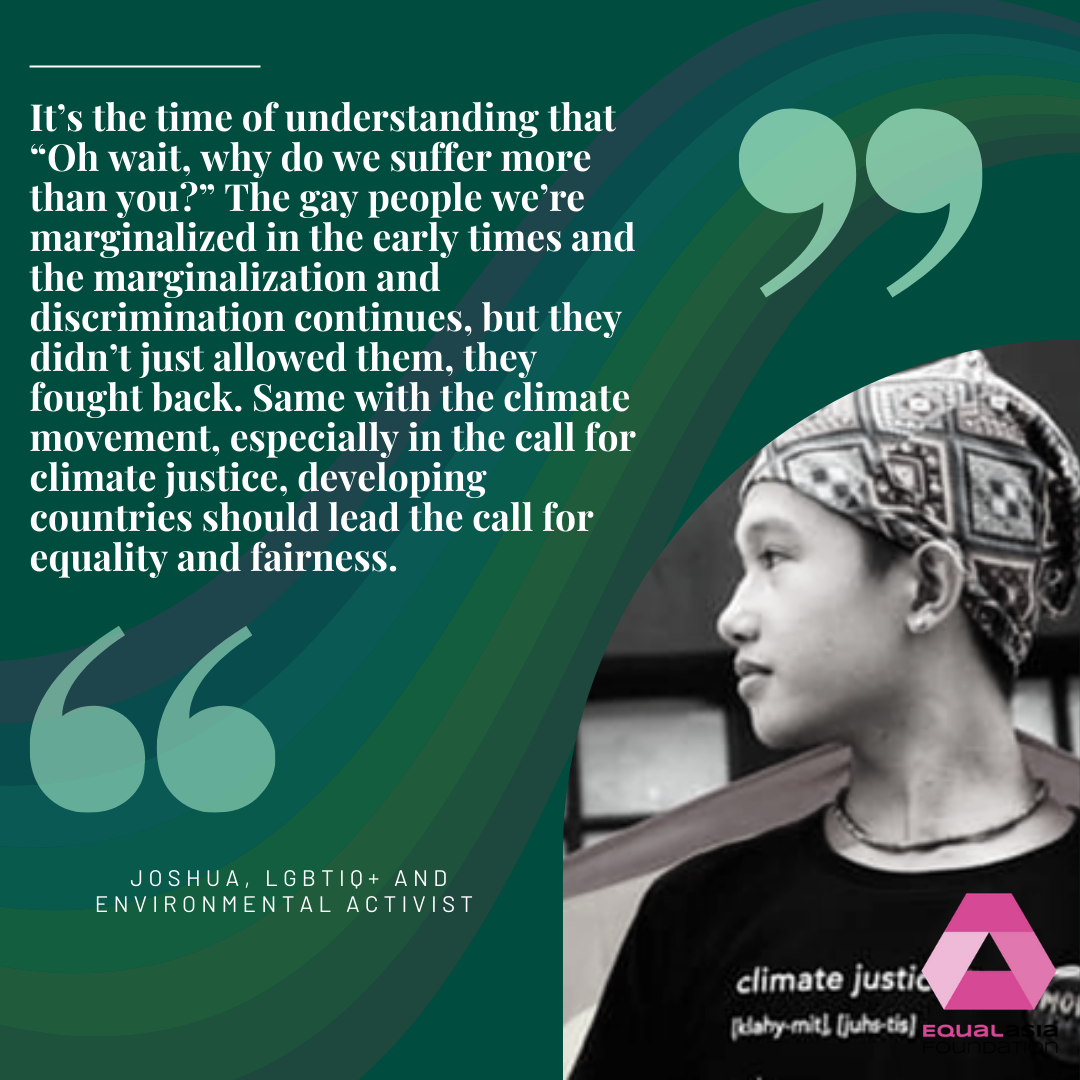
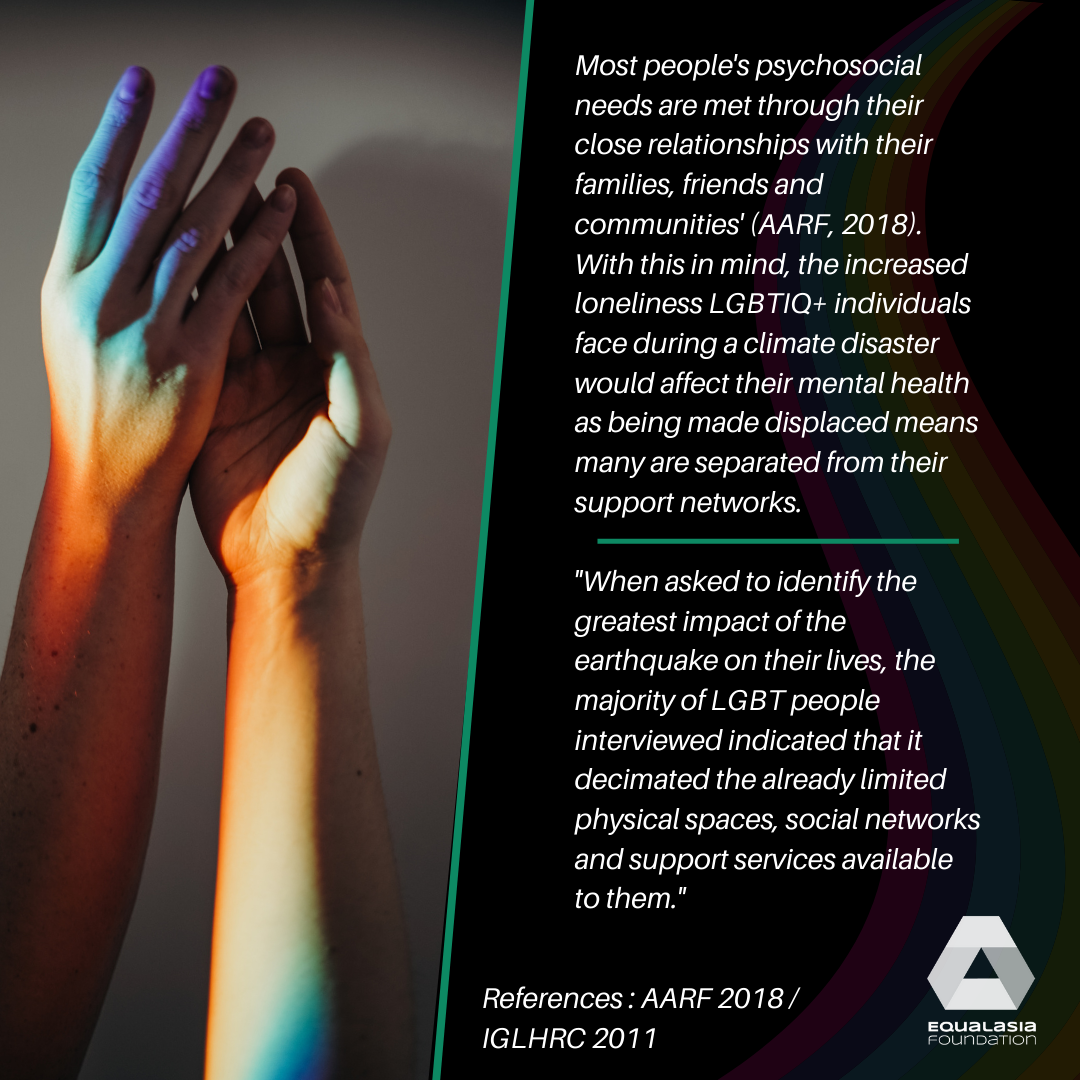
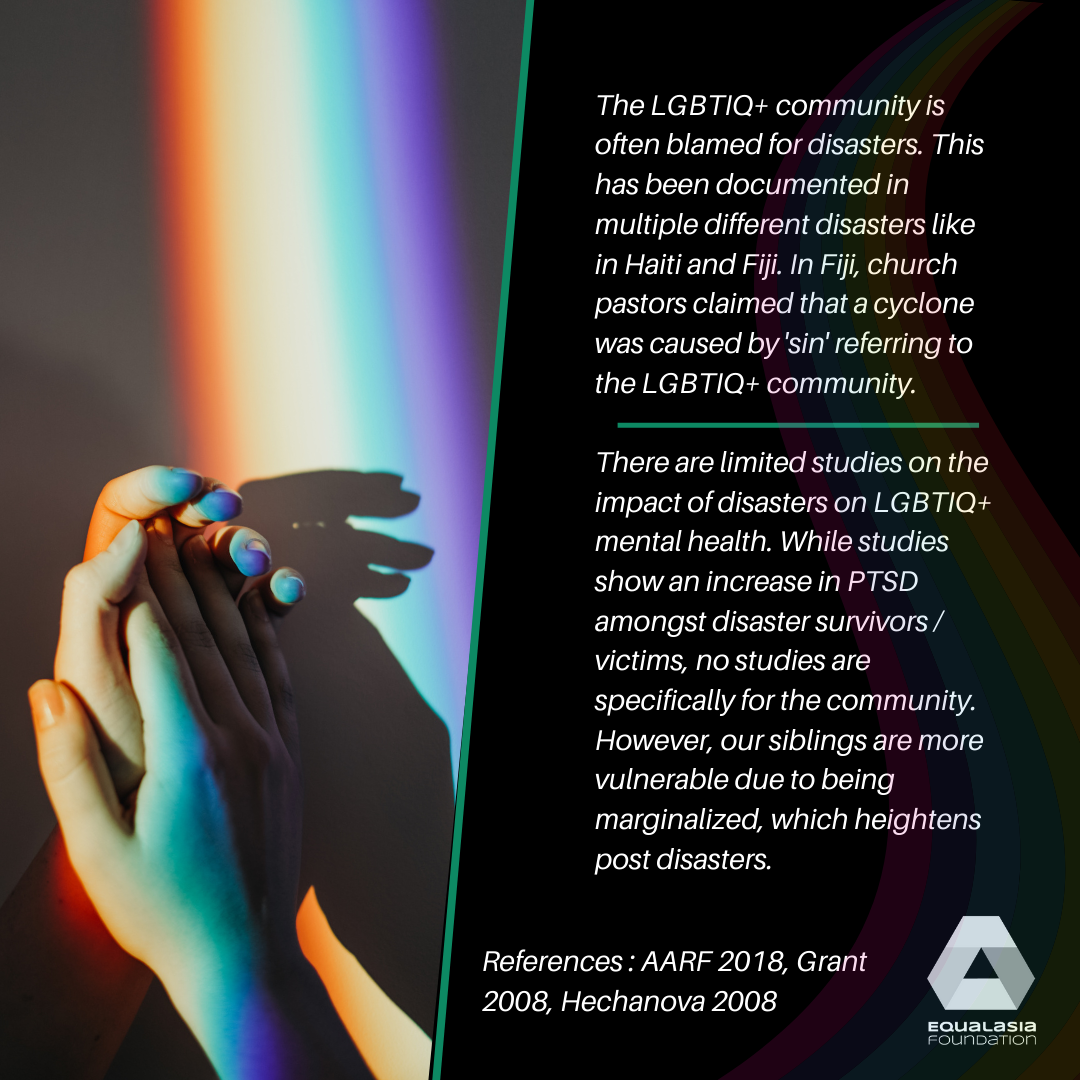


Dear Colleagues,
Echoing Mashida's comments, a huge thank you to everyone for this very interesting and eye-opening conversation! I have personally learned a lot from all of you and would like to thank everyone for sharing your ideas, experiences and highlighting a wealth of useful resources that are so helpful in wrapping our heads around these complex, multi-dimensional issues. I hope you all have also enjoyed reading the conversation thread and found inspiration and new information for your own work.
A special thank you to our talented moderators for guiding the conversation and sharing their knowledge!
It's important for us that when we plan for UNDP's future engagement it is not done in a vacuum but informed by the needs of the communities we serve and building on the work of our partners. We will be writing up a summary of the conversation over the next days and posting it here for your reference to conclude this consultation. The recommendations and information arising from your contributions will directly to contribute to our planning for UNDP's future engagement on climate justice and health equity. As an immediate next step, we will be discussing internally with colleagues to in more detail what UNDP's support in this area could look like, building on the ideas and needs expressed here.
Thank you once again - we hope that this is a beginning of a conversation and that we will have the chance to collaborate with many of you on this in the future! If you wish to share further thoughts bilaterally, please don't hesitate to reach out to me directly at [email protected].
Katri